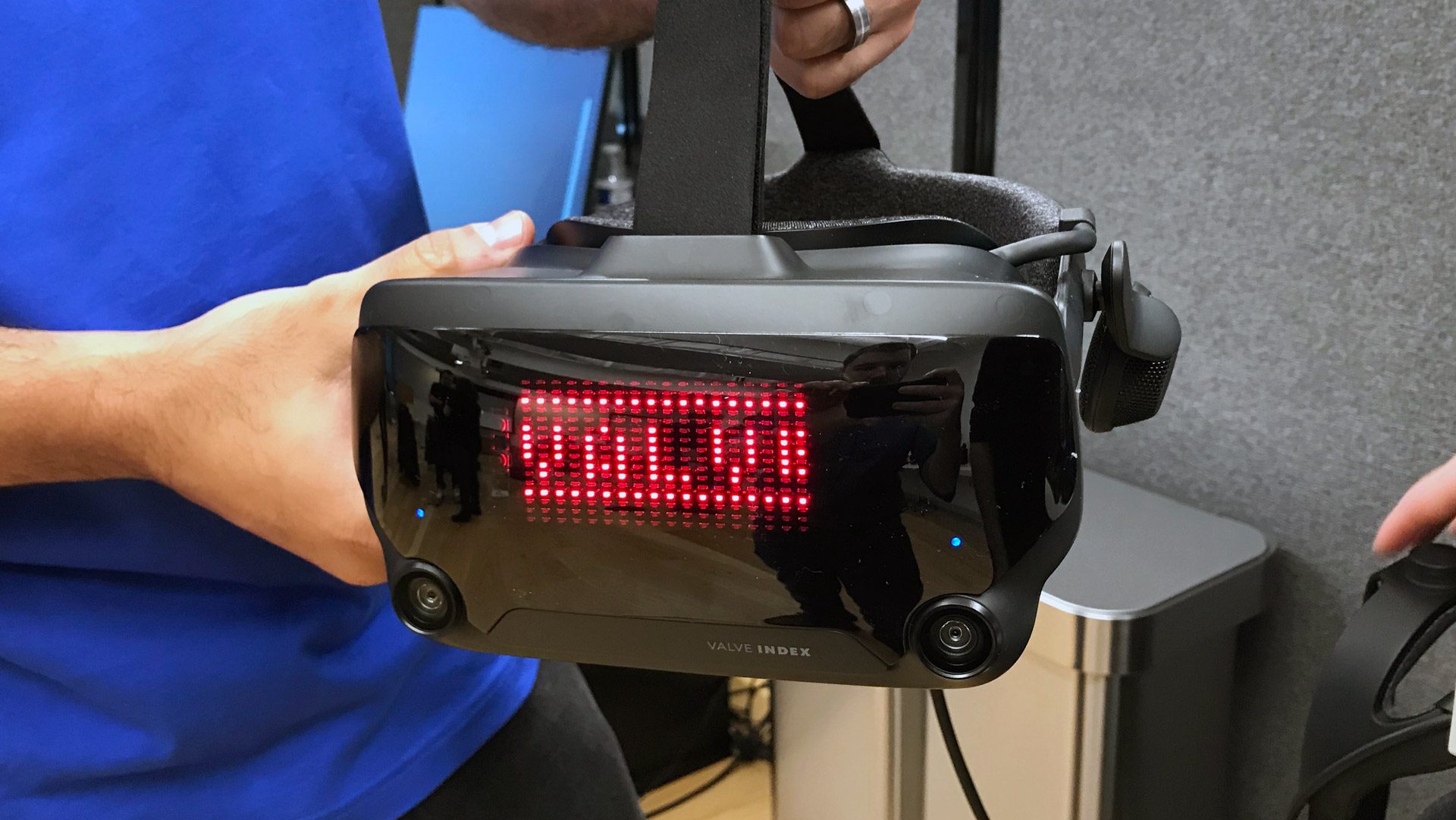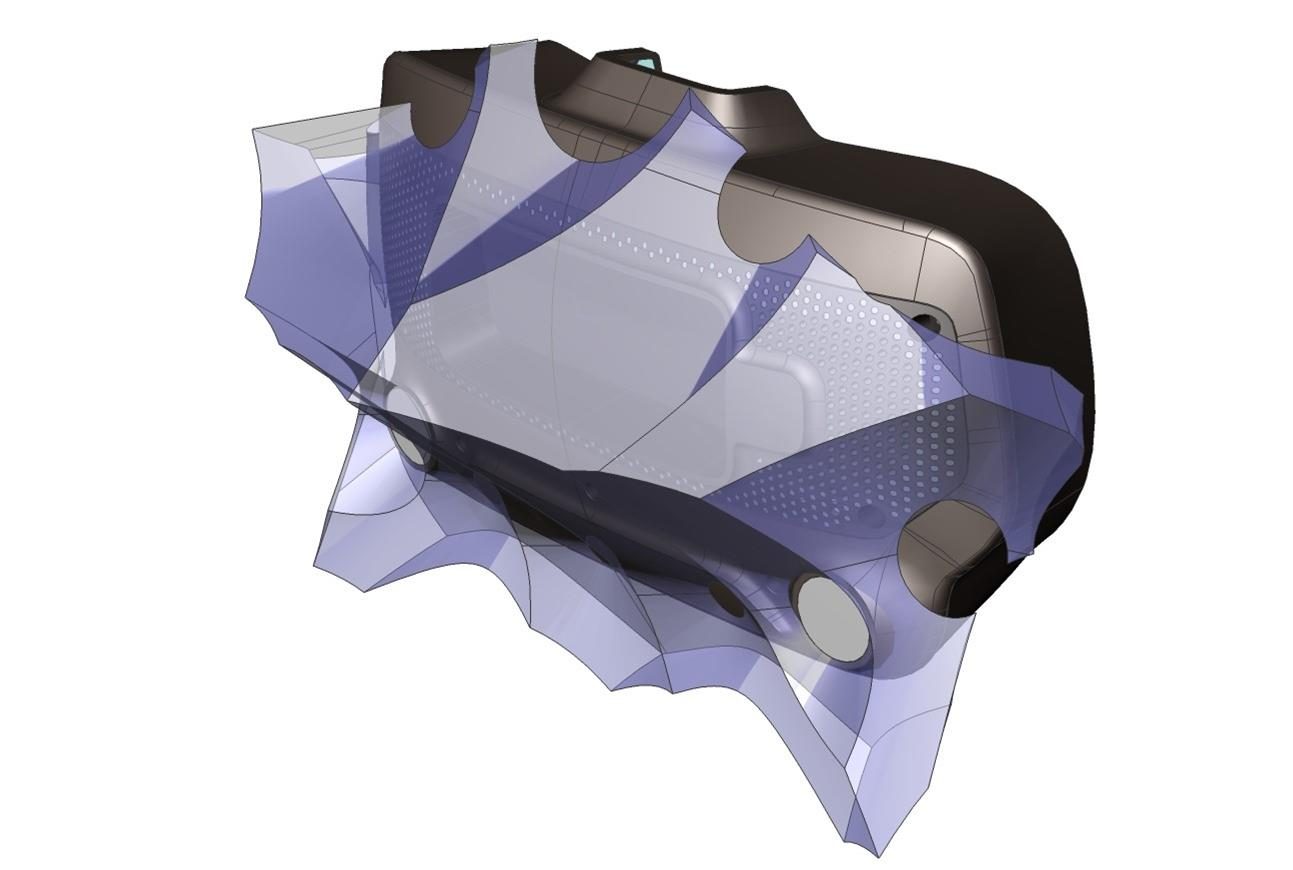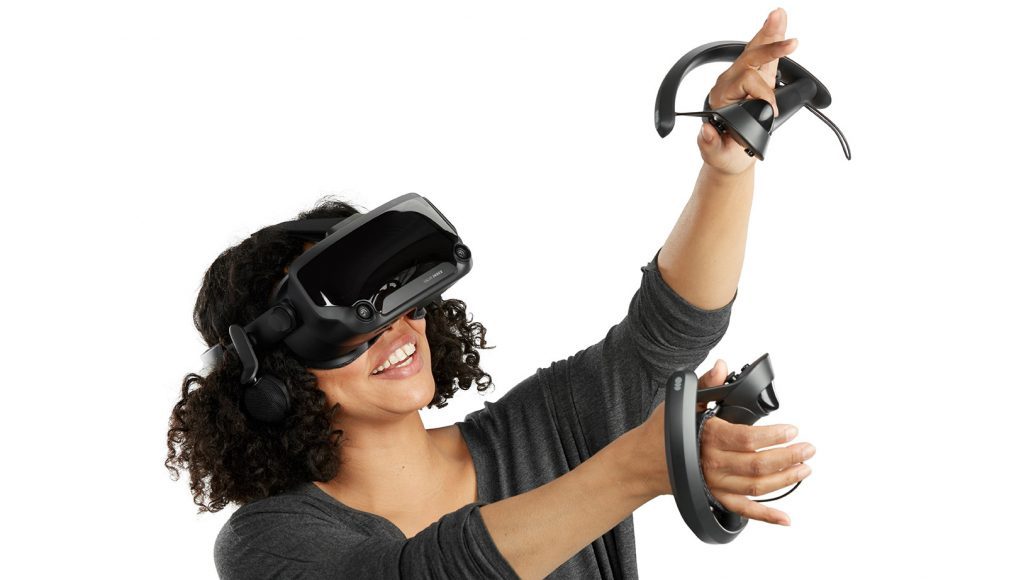Valve launched Index, the high-quality PC VR headset, just a few days ago. As an enthusiast-level device, we likened it to a DSLR camera in out full review, setting itself apart from the easier to use, but more consumer-oriented Rift S (the point and shoot in our camera analogy). Now, Valve has released CAD files of the entire Index system so hardware tinkerers and pros can start creating parts for Index.
Valve released CAD components today of all three primary products in the Valve Index VR system (controller, headset, and base station).
It’s hosted in a GitHub repository, which includes:
- High resolution STP files to model with Low resolution STL files to quickly view and explore
- Dimensioned drawings of relevant geometry
- A few example accessories to get you started
One of the most enticing options for hardware devs is invariably the ‘Frunk’, the extensible USB 3 type A port capable of 1A@5V located on the front of the headset. The Frunk can hypothetically host a number of user-built devices, such as things as ‘simple’ as LED displays or as complicated as, well, we don’t know. Valve has left it up to the community to figure out what best fits in the Frunk.

For makers looking to attach electronic creations on the outside of the headset, Valve suggests using the USB cable directly out the side towards the eye-relief adjustment knob in order to minimize the chance of occlusion.
“We strongly recommend against removing the frunk plastic, as it can impact your sensor calibration and will void a warranty you may otherwise enjoy. Anything that requires a T5 or smaller is not user serviceable,” the company says.
If the Frunk isn’t in use, Valve says that makers can put practically anything on the four magnetic visor attach points, letting you create stranger and more futuristic visors for the Index headset.

We thought the default face gasket was very comfortable, if not too absorbent in our full review, although the CAD files also include models for the Index face gasket. Since it’s also held in by magnets, you should be able to create any angle of surface to accommodate a larger range of face sizes, and also more sweat resistant gaskets.
Valve is keen on kickstarting a hardware community with Index, and although the headset’s audio solution is the best in class, the company also included a way to remove them so devs can add whatever they want. Simply remove the headphones (more like head stereos) with a T6 Torx driver to reveal the pogo pins that carry the audio signal. They aren’t designed for heavy loads, so keep it in mind when designing, Valve warns. It’s a pretty dicey operations though, so consult Valve first for the specifics before trying to remove and add new audio solutions to Index.
The Index controllers (ex-Knuckles) have been hotly awaited since dev kits were sent out in 2017. Valve has also included an accessory example called a ‘Booster’, which is essentially a shell that wraps around the grip portion of the Index Controller to make longer play sessions more comfortable for larger-handed users.

Valve says the Booster model also serves as a reference design for markers who want to create a mechanically mounted accessory that doesn’t directly interfere with or occlude any of the optical tracking sensors, finger sensors, or input controls.
“This is valuable because any given controller design must trade-off between tool vs hand presence, and an accessory allows a user to quickly adapt it to any number of applications,” Valve says.
Lastly, Valve says the SteamVR 2.0 basestations include a standard camera thread size of 1/4″-20. Many off-the-shelf devices should already fit, so the possibilities for mounting are ample to say the least.
Valve’s CAD models are listed under a Creative Commons license, although if you want to physically sell any of your creations, you’ll have to contact Valve first at. steamvrbiz@valvesoftware.com.
– – — – –
If you’re still waiting on Valve Index to arrive, check out our in-depth review to find out just what makes Index tick.







